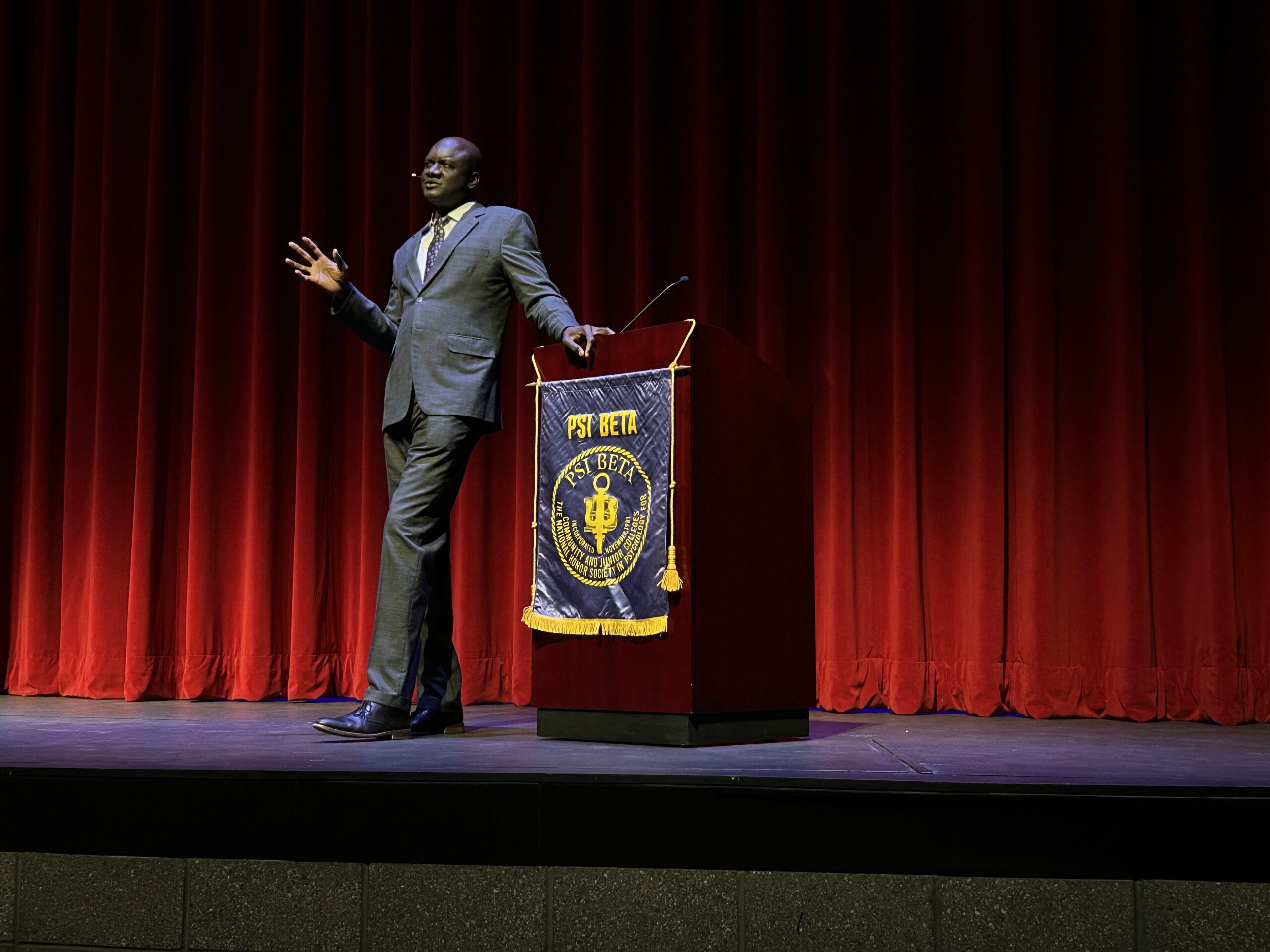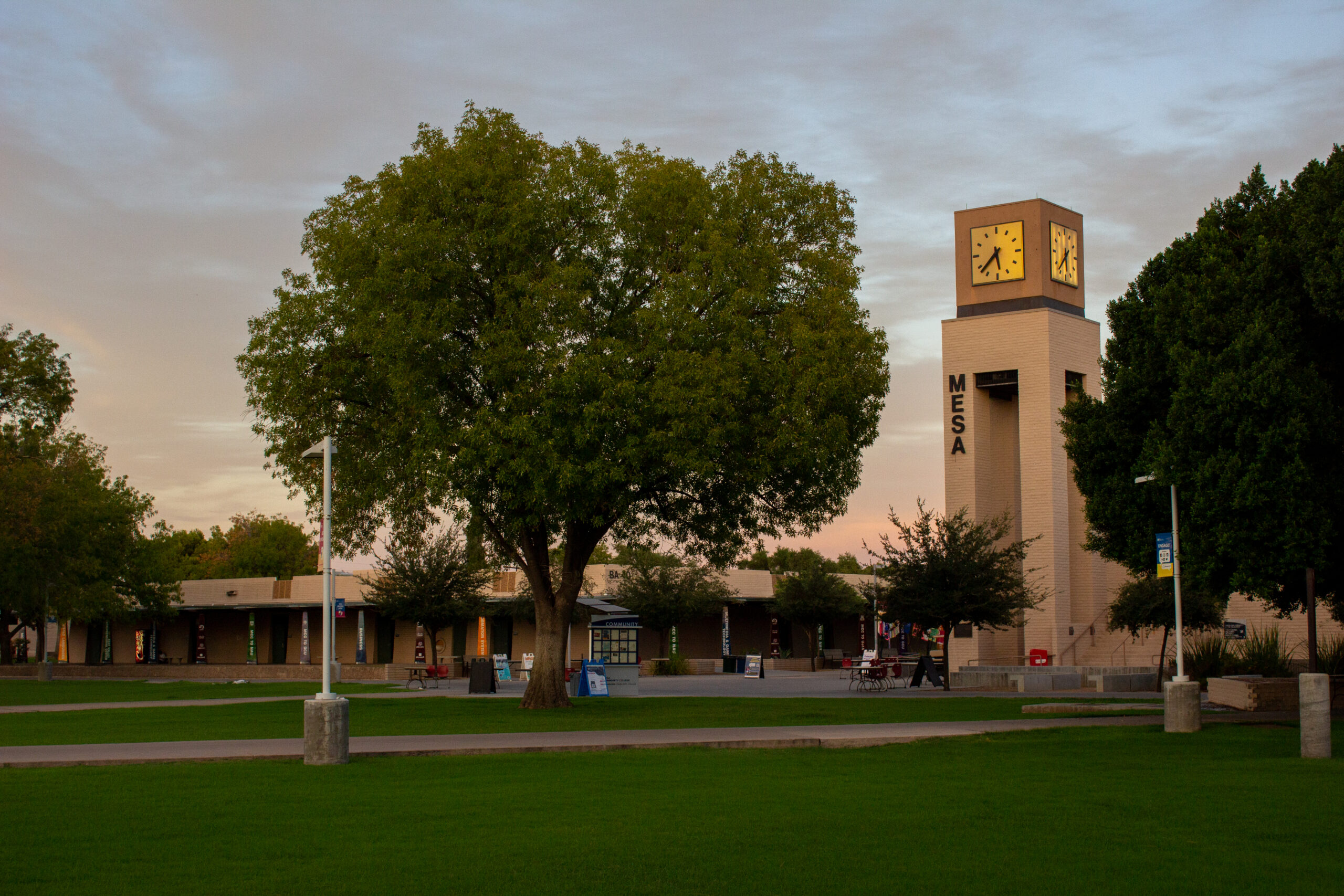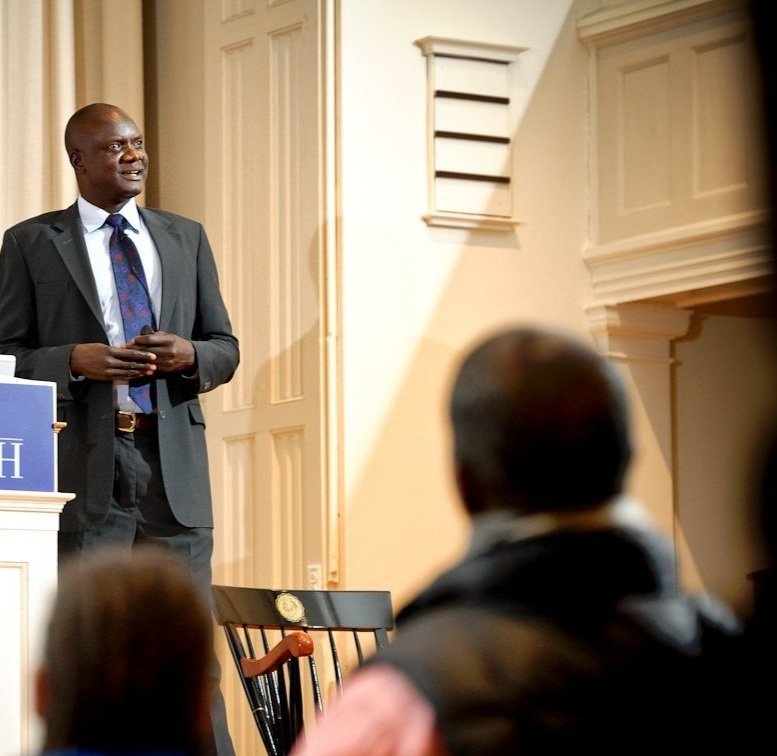Arizona leads solar charge
Kevin Bonneville
Energy efficiency has been talked about in this country for many years now, but it appears as though it’s becoming more than talk in Arizona.On March 29, Phoenix was one of the many cities throughout the United States and the world to take part in Earth Hour, an event sponsored by the World Wildlife Fund where many city businesses shut off their lights From 8-9 p.m. to conserve energy.
The debate, however, is not should energy be conserved but how, and what kind would be most cost efficient and environmentally safe to use.
Wind, biomass, and geothermal have been a few types of alternative energies discussed, but because the sun shines in Arizona for over 300 days out of the year, the use of solar energy is starting to take root.
“I think we should adopt the idea,” said Jon Arleo, a sophomore at the University of Arizona.
“It wouldn’t hurt for the government to try some new ideas once and awhile,” he added, “Good ideas too that can benefit the economy, like hybrid cars or solar powered facilities.”
The Arizona electric company APS has a total of 16 solar power plants in operation with a total of more than 5 million watts of installed solar capacity throughout the state, ranging from Flagstaff to Yuma.
In February, APS announced the plans for a new solar power plant named Solana, which is expected to be one of the largest in the world and will be the largest in the state of Arizona.
The plant should completed by 2011 and will be built 70 miles southwest of Phoenix, near Gila Bend. The solar power plant will serve approximately 70,000 customers once it reaches full capacity.
For homeowners and business owners that are interested in using solar energy for their home or office, APS as well as SRP offer programs that can help lower the cost of installation as well as offer incentives.
APS offers the Solar Partners Incentive Program and Green Choice Rate Program, while SRP offers the Earth Wise Solar Energy Program.
State universities and colleges are also turning to solar energy.
Arizona State will be one of 11 universities that will try and develop advanced solar photovoltaic manufacturing processes and products, after the U.S. Department of Energy announced that they will invest $13.7 million in the project over the course of three years.
ASU is also expected to have a good percentage of their campus be solar powered in the not so distant future.
The new MCC Physical Science building, which is scheduled to open in the fall, will be the first to use solar power on the MCC campus.
MCC’s Center for Community Education is giving students the opportunity to learn more about solar energy. On April 18, “Go Green with Solar Energy”, a seminar taught by member of the American Solar Energy Society Jim Stack, will be held from 6-8 p.m.
The approximately two hour long class with a cost of $19 will give an overview of solar energy and show it applies to students homes, budgets, and their lives. Stack will also talk about how he took his home and made it more energy efficient.
For more information or questions on the class, Michelle Goats of the Community Education Department can be contacted at(480) 461-7494.









